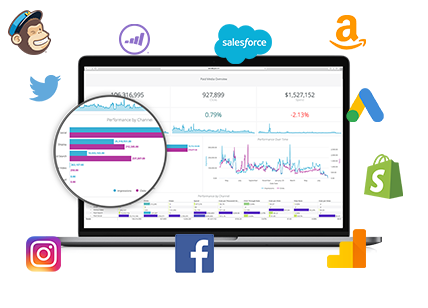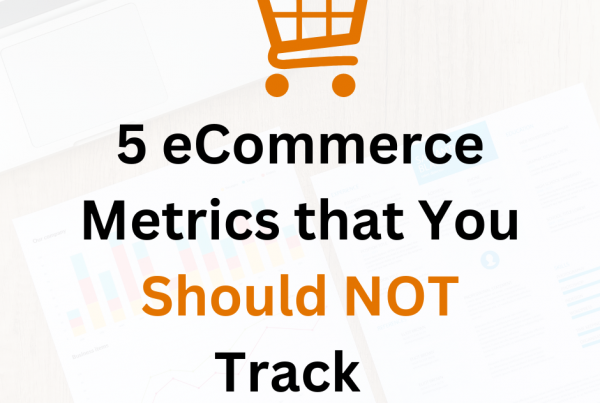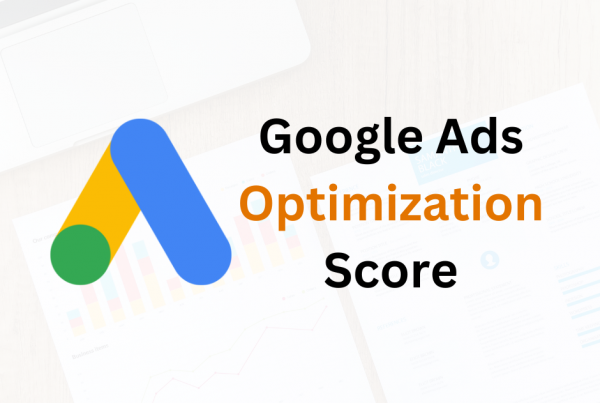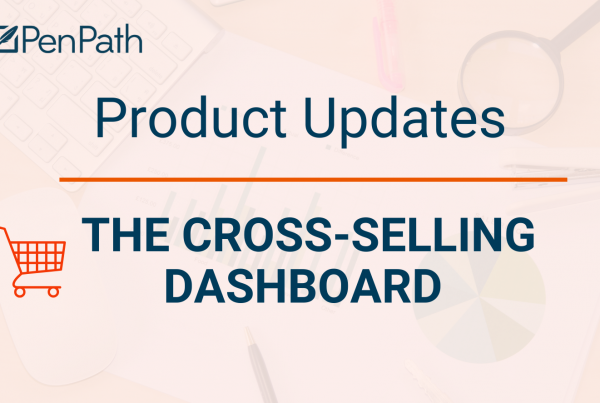In Part 1 of this series, we talked about concrete reasons to have a marketing data strategy and what actions you can take as a marketer to incorporate a more data-driven mindset on your team (or improve the existing one).
In this article, we’ll talk about implementation: how to approach the different steps of implementing a marketing data strategy from a practical view. Let’s take a look.
Implementing a solid marketing data strategy takes these steps:
Table Of Contents
-
- Data Definition: Define the marketing data you need (and for what reason: identify KPIs).
- Data Acquisition: Have a plan to get marketing data regularly from your employees/customers/sources (How often will it be updated?) Address how employee awareness will be targeted.
- Data Blending: How will the different marketing data sources be blended?
- Data Storage: What is the procedure for storing data safely?
1. Data Definition:
In this stage, the most important part is to define what marketing data you need and why.
It’s worth thinking about what your CMO or MVP wants to see and what would be valuable for them, as well as for you. For example, their priority may be seeing whether different marketing channels do increase the bottom line and if they are worth funding or not.
Your priorities may be different if you want to combine Salesforce and web analytics marketing data to see how many customers are returning to your website.
There’s so many different types of marketing data: sales data (Salesforce), web data (Google Analytics/Adobe Analytics), Organic Social Data (Facebook, Instagram, etc), Paid Social Data (Facebook, Instagram, etc), Paid Search Data (Adwords, Bing, etc) and more.
Write out which ones you’re currently using or plan to use, and which KPIs are the most important for each. This will be the foundation of your marketing data analysis. Here’s some important questions to ask at this stage:
- What is the most important priority for your company in terms of digital marketing channels currently?
- Which ones have been working well for you vs. not working so well?
- What is your main inbound marketing goal at this point (brand awareness, lead generation, etc?)
- Obviously, what does your manager or boss think? (Because his or her opinion is needed)
- Which metrics are the most important for you to know?
- What data will be useful for other teams as well? (For example, combining sales data with accounting data could be very powerful for those teams)
2. Data Acquisition:
This stage is when you want to collect or acquire your marketing data. In marketing data acquisition, your most important step is to figure out exactly how you will get the marketing data you need.
- Will you download a report?
- Is this going to be monthly, daily, quarterly?
- Will you download the raw marketing data as well and store it as a backup?
- Which filters/views will be applied?
Or you might decide to take the help of a web developer and download the data you want directly through an API. Working with someone who understands how to use APIs to get data is crucial to getting the data you want.
Sometimes, it isn’t that easy though. Let’s say you’re conducting a survey on what pain points clients experience throughout the year and you need data monthly from the sales team.
- Who will you get this information from?
- How will it be recorded and saved?
This type of marketing data will be qualitative and it won’t be from an online source; it will require cooperation of multiple departments. It might be easiest to use a data acquisition/collection tool such as Google Forms. Most importantly, let your employees know how you will be using their data.
In relation to that, employee awareness is also another target to keep in mind
- How will employees be informed about the new marketing data policy?
- How will you ensure they are using it (tracking system/points system)?
- Will any training be given?
Apart from creating a marketing data strategy, making sure it’s used amongst your company is important as well!
3. Data Blending:
What is marketing data blending? It’s when you combine different datasets to create a new one.
Marketing data blending is different from combining cross joins, and that causes confusion for newbies in the analytics realm. In a business intelligence world, cross joins would be done through a database using a language such as SQL whereas data blending is done for a variety of reasons. Usually though, it’s done when there’s too much data to cross join, similar IDs are not available and the data is too messy.
Ideally, this should be something a data-driven marketer should know about but not necessarily do by themselves since there’s bound to be people in your company who can do it for you! As the one leading the marketing data strategy, here’s some of the questions you’ll need to ask as you manage the team.
- What are the limitations to data blending?
- Is the original data still left intact?
- How do we get the most impactful insights?
The more you understand about data blending, the more you know what you need to ask. Reading up on blogs like this one are helpful to get an overview of what data blending should mean for a marketer.
4. Data Storage:
Finally, we have data storage. This is a key component to your marketing data strategy, since it’s where the data will be housed safely and securely. A lot of companies use CRM software (Customer Relationship Management) as the closest tool to house all customer data, however that can’t compare to an actual database.
Some questions to ask for data storage is related to responsibility and security.
- How is your company handling security and protecting PII?
- Who will be in charge of the database (should it be someone already in the company or is a new role like database administrator/business analyst relevant)?
- How much data can the database store?
- What’s the budget for the database?
Hopefully this article makes it more clear how a solid data strategy can be incorporated in marketing and what exact steps to take.
Our company, PenPath, specializes in marketing intelligence so feel free to schedule a demo with us. We look forward to helping you take your marketing analytics to the next level!






